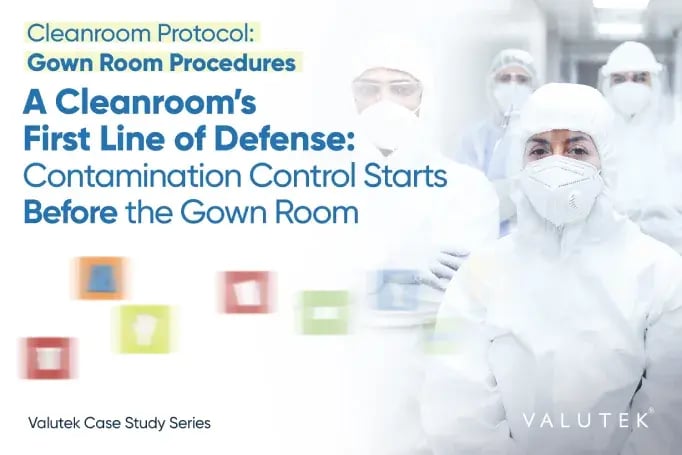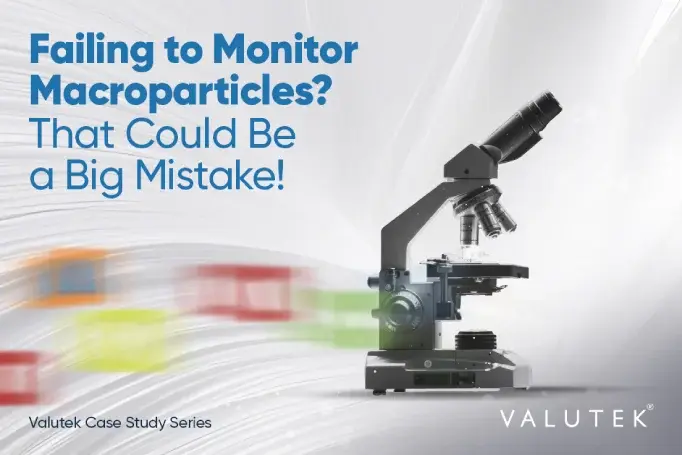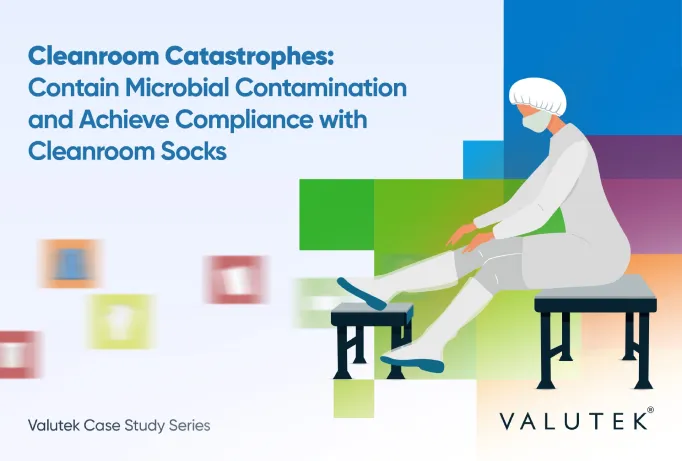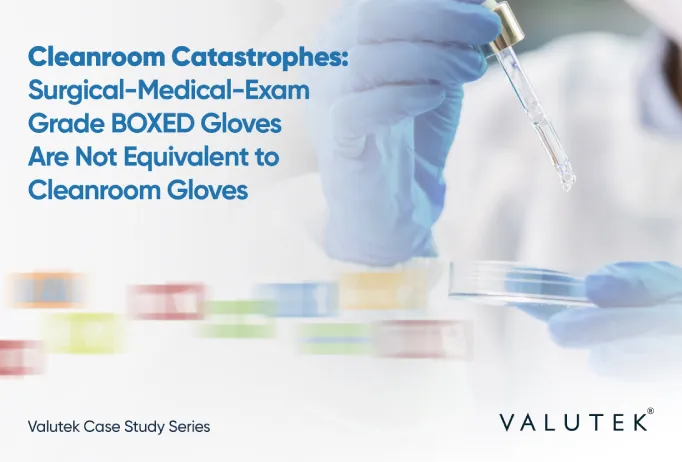Case Study Series

Beyond the Gowning Room: Preventing Contamination Before It Starts
Contamination control in cleanrooms goes beyond just adhering to protocols within the controlled environment—it begins before operators even step into the gowning room.
In my experience, the best cleanroom facilities take a proactive stance by creating pre-gowning areas that minimize contamination risks before operators start the gowning process. This additional step results in a cleaner gowning room, allowing HEPA filters to focus on microscopic contaminants instead of larger particles like hair, skin flakes, and dust.
By implementing pre-gowning best practices, cleanroom facilities can minimize contamination risks, improve product quality, and reduce costly corrective actions

Failing to Monitor Macroparticles?
That Could Be a Big Mistake!
Cleanrooms are classified by cleanliness levels, determined by the number and size of particulates in a cubic meter of air, as per ISO 14644-1 standards. These standards measure particle sizes of ≥0.1 µm, ≥0.2 µm, ≥0.3 µm, ≥0.5 µm, ≥1 µm, and ≥5 µm, primarily focusing on smaller microparticles.
However, it's also crucial to monitor macroparticles larger than 5 µm, as they can behave differently and impact cleanroom operations if not included in environmental monitoring.
This piece from Valutek's Cleanroom Catastrophes Case Study Series highlights the real-world consequences of failing to monitor macroparticles and common practice mistakes.

Contain Microbial Contamination and Achieve Compliance with Cleanroom Socks
In August 2022, the European Union introduced GMP Annex 1 to prevent microbial, particulate, and endotoxin/pyrogen contamination in finished medical products. A significant update to past guidance and regulation includes the addition of cleanroom socks to the required facility garments that operators use.
For decades, we’ve known that wearing disposable and launderable cleanroom socks and adhering to proper gowning room protocol is an effective method for containing operator generated contamination, particularly in environments where microbial contamination is a concern.
This case study series explores the significance of addressing microbial contamination and ensuring compliance with regulatory standards, particularly focusing on the role of cleanroom socks in maintaining cleanliness and adherence to protocols.

Don’t Let These Common Mistakes Turn into BIG Problems
The three contaminant types we need to manage in a life science cleanroom are particulates, bacteria, and endotoxins.
Sterile, medical-grade gloves may contain multiple contamination types because:
- They are not made in a cleanroom.
- They are not cleaned prior to sterilization
- They are not designed for longer working conditions.
This case study discusses the critical importance of managing particulates, bacteria, and endotoxins in a life science cleanroom environment, and underscores the necessity of addressing potential sources of contamination associated with sterile, medical-grade gloves with real-world practices.
Innovative Solutions for Critical Environments